Home>Gardening & Outdoor>Landscaping Ideas>How Long Do Grass Clippings Take To Decompose
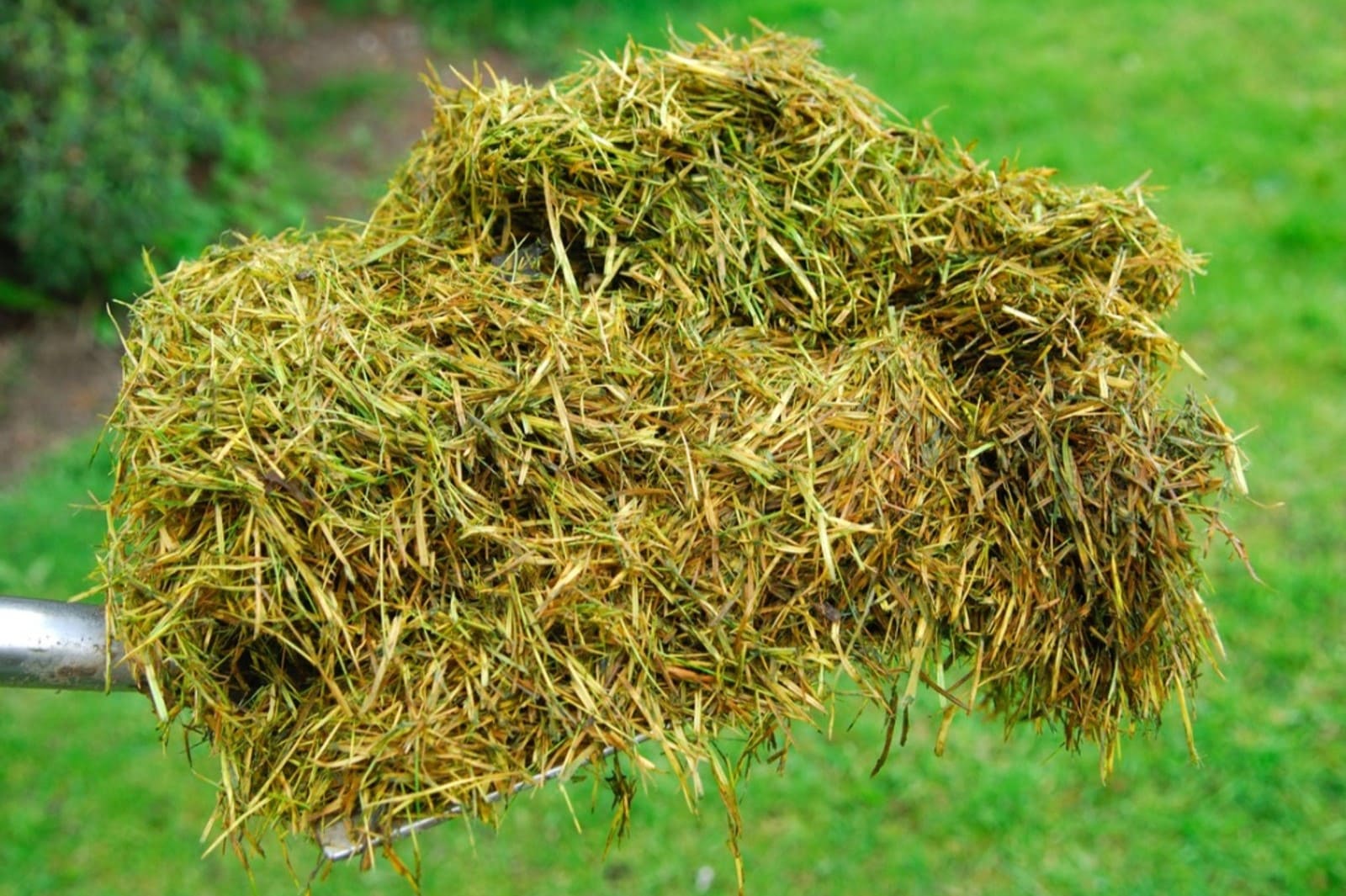

Landscaping Ideas
How Long Do Grass Clippings Take To Decompose
Modified: February 18, 2024
Learn how to manage grass clippings with these landscaping ideas. Discover the decomposition timeline and its benefits for your yard.
(Many of the links in this article redirect to a specific reviewed product. Your purchase of these products through affiliate links helps to generate commission for Storables.com, at no extra cost. Learn more)
Introduction
Introduction
Landscaping enthusiasts often find themselves pondering the fate of their grass clippings after mowing their lawns. The question of how long grass clippings take to decompose is a common one, and the answer holds significance for both environmental and aesthetic reasons. Understanding the decomposition process of grass clippings can shed light on the natural cycle of nutrients in the soil and provide insights into sustainable lawn care practices.
Grass clippings are a natural byproduct of lawn maintenance, and their disposal can impact the overall health of the lawn and the environment. By exploring the factors influencing the decomposition of grass clippings and the benefits it offers, we can gain a deeper appreciation for this seemingly mundane aspect of yard work.
In this article, we will delve into the factors affecting the decomposition of grass clippings, the time it takes for them to break down, the advantages of allowing them to decompose, and practical tips for expediting the process. By the end, you will have a comprehensive understanding of the intricate journey of grass clippings as they return to the earth.
Key Takeaways:
- Grass clippings decompose in a few weeks to months, enriching soil with nutrients. Proper mowing and mulching accelerates the process, promoting lush, low-maintenance lawns sustainably.
- Allowing grass clippings to decompose on the lawn saves time, reduces the need for synthetic fertilizers, and suppresses weeds naturally. Embracing this process nurtures healthy, vibrant outdoor spaces.
Factors Affecting Decomposition
Several factors come into play when considering the decomposition of grass clippings. Understanding these variables can provide valuable insights into the timeline and effectiveness of the decomposition process.
- Moisture: Adequate moisture is crucial for the decomposition of grass clippings. Damp conditions create an environment conducive to microbial activity, which is essential for breaking down organic matter. Conversely, excessively dry conditions can impede decomposition, prolonging the process.
- Aeration: Oxygen plays a vital role in the decomposition of organic materials. Proper aeration facilitates the activity of aerobic microorganisms responsible for breaking down grass clippings. Compacted or densely packed clippings may impede airflow, slowing the decomposition rate.
- Carbon-to-Nitrogen Ratio: The carbon-to-nitrogen ratio of grass clippings influences their decomposition. An ideal ratio of approximately 25-30 parts carbon to 1 part nitrogen fosters efficient decomposition. Adjusting this ratio, such as by adding nitrogen-rich materials, can optimize the decomposition process.
- Particle Size: The size of grass clippings can impact decomposition. Finely chopped clippings decompose more rapidly than larger pieces, as they provide a larger surface area for microbial activity and facilitate quicker nutrient release.
- Temperature: Temperature influences the speed of decomposition. Warmer conditions accelerate microbial activity, expediting the breakdown of grass clippings. In cooler temperatures, the decomposition process may slow down.
- Microbial Activity: The presence of diverse microbial populations is essential for efficient decomposition. A rich and varied microbial community can effectively break down grass clippings, releasing nutrients back into the soil.
By considering these factors, homeowners and landscapers can make informed decisions to optimize the decomposition of grass clippings, promoting sustainable lawn care practices and environmental stewardship.
Decomposition Time for Grass Clippings
The timeline for grass clippings to decompose can vary based on several factors, as discussed earlier. Under optimal conditions, grass clippings typically decompose within a few weeks to a few months. However, this process can be influenced by environmental factors and lawn care practices.
When grass clippings are left on the lawn after mowing, they begin to break down relatively quickly. In warm and moist conditions, microbial activity thrives, leading to accelerated decomposition. Within a week, noticeable changes may occur as the clippings start to break apart and integrate into the soil.
Under less favorable conditions, such as during periods of drought or in excessively compacted soil, the decomposition process may slow down. In such cases, it may take several months for the clippings to fully decompose and become indiscernible.
It’s important to note that the rate of decomposition can also be influenced by the frequency of mowing. Regular mowing that adheres to the one-third rule—cutting the grass to a height that removes no more than one-third of the blade—results in shorter clippings that decompose more rapidly. Conversely, infrequent mowing that leads to longer clippings can extend the decomposition timeline.
Additionally, the introduction of nitrogen-rich fertilizers or compost accelerates the decomposition of grass clippings by providing essential nutrients and promoting microbial activity. This supplementation can expedite the breakdown of clippings, enriching the soil with valuable organic matter and nutrients.
By understanding the typical decomposition timeline of grass clippings and the variables that can influence it, homeowners and landscapers can make informed decisions regarding lawn care and waste management, ultimately contributing to the health and vitality of their outdoor spaces.
Benefits of Grass Clipping Decomposition
The decomposition of grass clippings offers a range of benefits that contribute to the overall health and sustainability of lawns and gardens. Embracing this natural process can yield numerous advantages, both for the environment and the aesthetic appeal of outdoor spaces.
- Nutrient Recycling: Grass clippings are rich in nutrients, including nitrogen, potassium, and phosphorus. Allowing them to decompose on the lawn enables these valuable nutrients to return to the soil, enriching it and providing a natural source of fertilization for the grass.
- Soil Health: Decomposing grass clippings enhance soil structure and moisture retention, promoting a healthy and fertile growing environment for plants. The organic matter derived from decomposed clippings improves soil texture and encourages beneficial microbial activity.
- Reduced Need for Fertilizers: By harnessing the nutrient content of decomposed grass clippings, homeowners can reduce their reliance on synthetic fertilizers. This not only saves time and money but also minimizes the environmental impact associated with chemical fertilizers.
- Weed Suppression: A layer of decomposed grass clippings acts as a natural mulch, helping to suppress weed growth by blocking sunlight and inhibiting weed seed germination. This reduces the need for herbicides and manual weed removal.
- Environmental Sustainability: Embracing grass clipping decomposition aligns with sustainable landscaping practices. It reduces green waste, minimizes the need for landfill disposal, and supports ecological balance by returning organic matter to the earth.
- Time and Labor Savings: Allowing grass clippings to decompose on the lawn eliminates the need for raking, bagging, and disposing of clippings, saving time and effort during lawn maintenance.
By recognizing and harnessing the benefits of grass clipping decomposition, homeowners and landscapers can cultivate lush, vibrant lawns while minimizing their environmental footprint. This natural approach to lawn care fosters a harmonious relationship between humans and the ecosystems they inhabit, promoting sustainability and ecological resilience.
Grass clippings can take anywhere from a few weeks to a few months to decompose, depending on factors like temperature, moisture, and the size of the clippings. To speed up decomposition, spread the clippings in a thin layer and mix with brown materials like leaves or wood chips.
Read more: How Long Does Cut Grass Take To Decompose
Tips for Accelerating Decomposition
Accelerating the decomposition of grass clippings can optimize the return of nutrients to the soil and streamline lawn maintenance efforts. By implementing the following tips, homeowners and landscapers can expedite the breakdown of clippings, fostering a healthy and sustainable lawn environment.
- Proper Mowing Technique: Adhering to the one-third rule—cutting the grass to a height that removes no more than one-third of the blade—produces shorter clippings that decompose more rapidly. Regular mowing at the appropriate height promotes efficient decomposition.
- Use a Mulching Mower: Mulching mowers finely chop grass clippings, creating smaller particles that decompose more quickly. These mowers distribute the clippings evenly across the lawn, facilitating their integration into the soil.
- Adjust Carbon-to-Nitrogen Ratio: Balancing the carbon-to-nitrogen ratio by adding nitrogen-rich materials, such as fertilizer or compost, can expedite decomposition. This adjustment provides essential nutrients for microbial activity, accelerating the breakdown of clippings.
- Maintain Adequate Moisture: Ensuring that the lawn receives sufficient moisture, particularly during dry periods, creates favorable conditions for microbial activity and decomposition. Watering the lawn as needed promotes the breakdown of grass clippings.
- Aerate the Soil: Aerating compacted soil promotes airflow and facilitates the penetration of water and nutrients, enhancing the conditions for microbial decomposition. Loosening the soil allows for better integration of grass clippings into the earth.
- Utilize Nitrogen-Rich Fertilizers: Applying nitrogen-rich fertilizers can supplement the decomposition process by providing essential nutrients and promoting microbial activity. This supplementation accelerates the breakdown of clippings and enriches the soil.
- Monitor Temperature and Microbial Activity: Being mindful of temperature fluctuations and the presence of diverse microbial populations can inform the timing and effectiveness of grass clipping decomposition. Warmer temperatures and robust microbial activity expedite the process.
By incorporating these strategies into their lawn care routines, individuals can actively promote the efficient decomposition of grass clippings, harnessing their nutrient-rich properties to foster healthy, vibrant lawns while minimizing environmental impact.
Conclusion
The decomposition of grass clippings is a natural and valuable process that holds numerous benefits for lawn health, environmental sustainability, and efficient waste management. By allowing grass clippings to decompose on the lawn, homeowners and landscapers can harness the nutrient-rich properties of these organic materials while minimizing their ecological footprint.
Understanding the factors influencing decomposition, the typical timeline for breakdown, and the advantages it offers empowers individuals to make informed decisions regarding lawn care practices. By embracing the following key takeaways, the journey of grass clippings from mowing to decomposition can be optimized:
- Environmental Stewardship: Grass clipping decomposition aligns with sustainable landscaping practices, reducing green waste and promoting nutrient recycling within the ecosystem.
- Nutrient Enrichment: Decomposed grass clippings enrich the soil with essential nutrients, fostering healthy and resilient lawns while reducing the need for synthetic fertilizers.
- Time and Labor Savings: Allowing grass clippings to decompose on the lawn streamlines lawn maintenance efforts, eliminating the need for raking, bagging, and disposing of clippings.
- Weed Suppression: Decomposed clippings act as a natural mulch, suppressing weed growth and minimizing the need for herbicides, contributing to a visually appealing and low-maintenance lawn.
By implementing practical strategies such as proper mowing techniques, mulching mowers, and nutrient supplementation, individuals can accelerate the decomposition process, maximizing the benefits of grass clippings while promoting a sustainable and vibrant outdoor environment.
In conclusion, the journey of grass clippings from the lawnmower to the soil is a testament to the interconnectedness of natural processes and the potential for mindful stewardship of the environment. Embracing grass clipping decomposition as a fundamental aspect of lawn care not only nurtures healthy and thriving landscapes but also reflects a commitment to sustainable practices that benefit both the immediate surroundings and the broader ecosystem.
By nurturing the cycle of decomposition, individuals contribute to the resilience and vitality of their outdoor spaces, fostering a harmonious coexistence with the natural world.
Frequently Asked Questions about How Long Do Grass Clippings Take To Decompose
Was this page helpful?
At Storables.com, we guarantee accurate and reliable information. Our content, validated by Expert Board Contributors, is crafted following stringent Editorial Policies. We're committed to providing you with well-researched, expert-backed insights for all your informational needs.



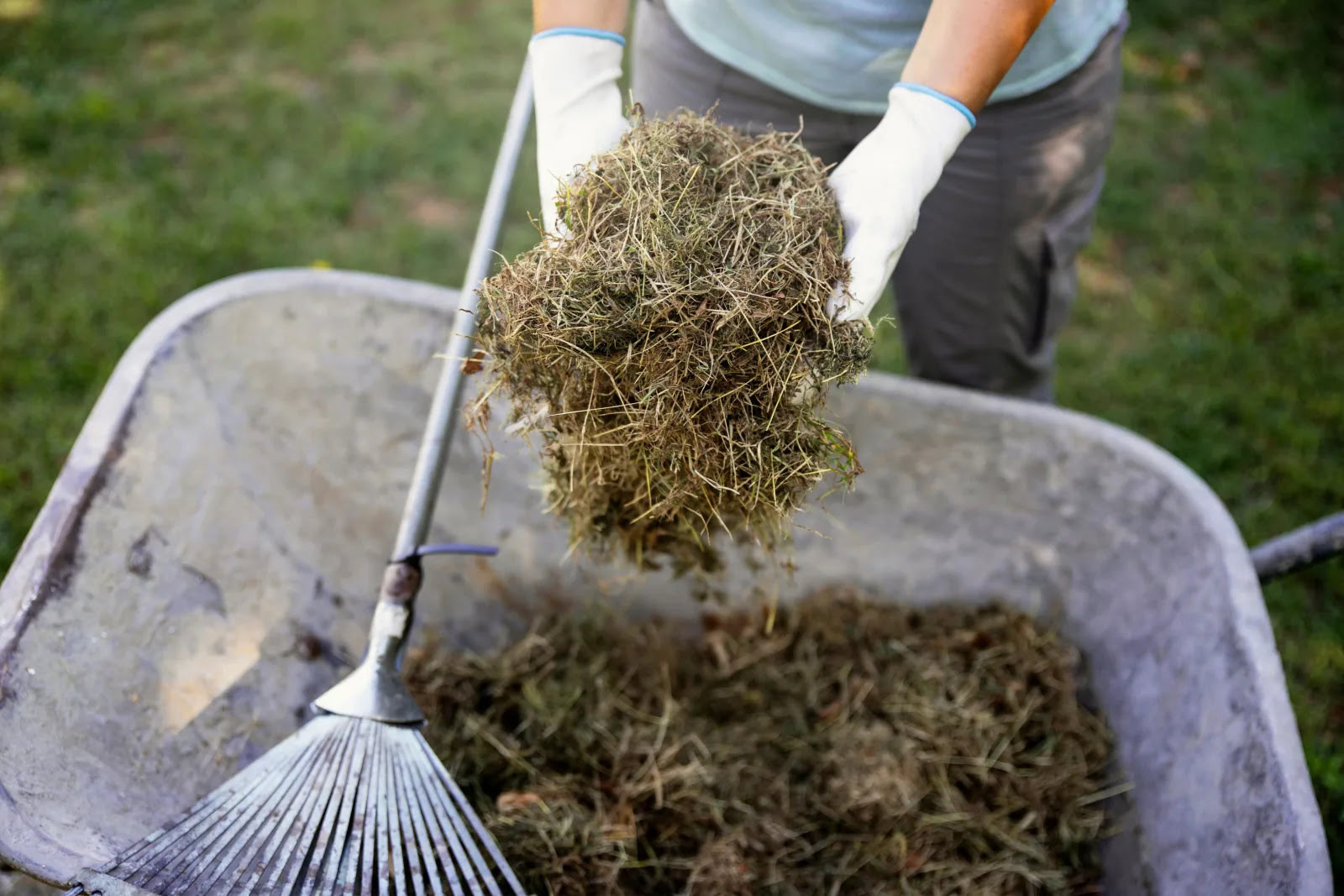

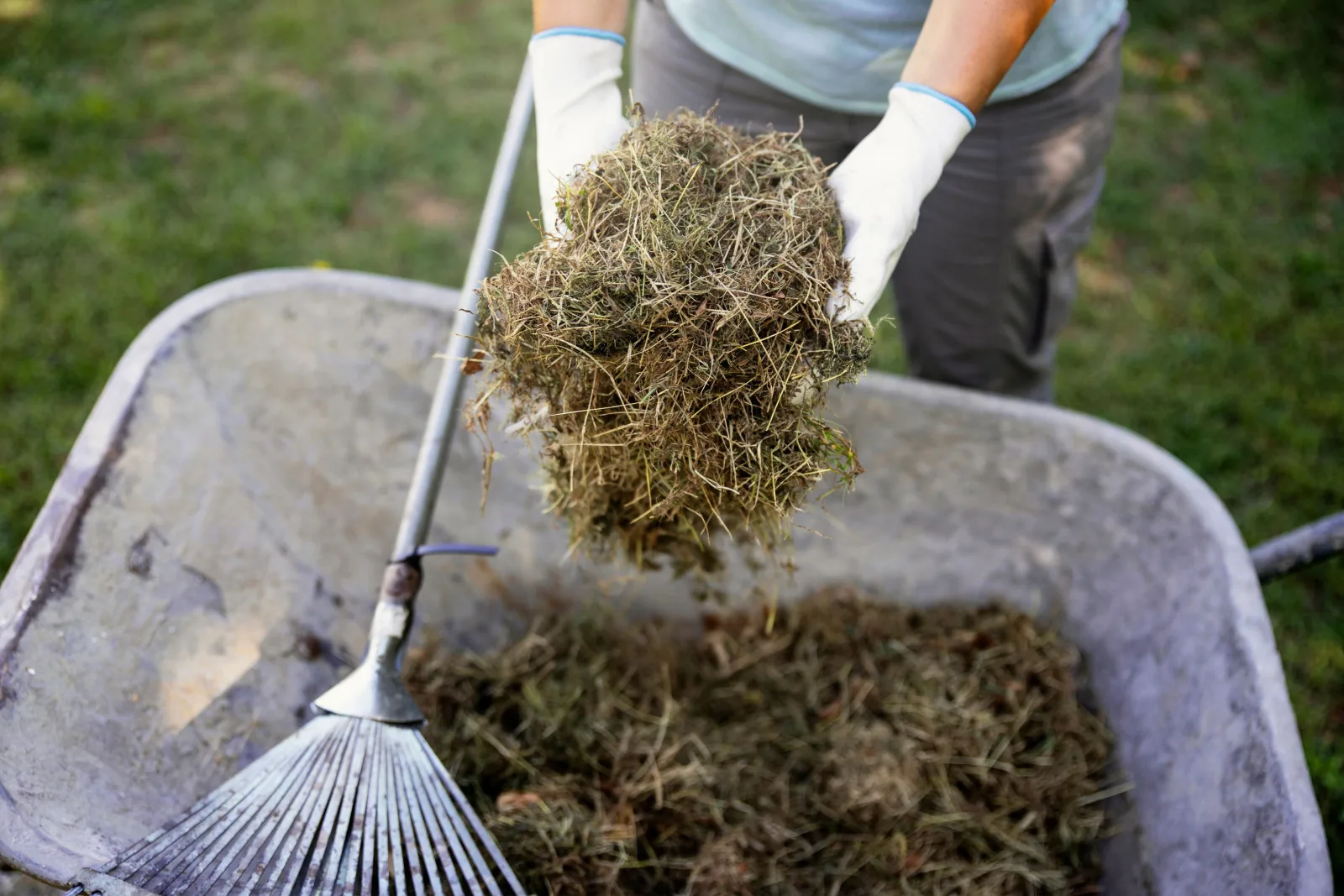
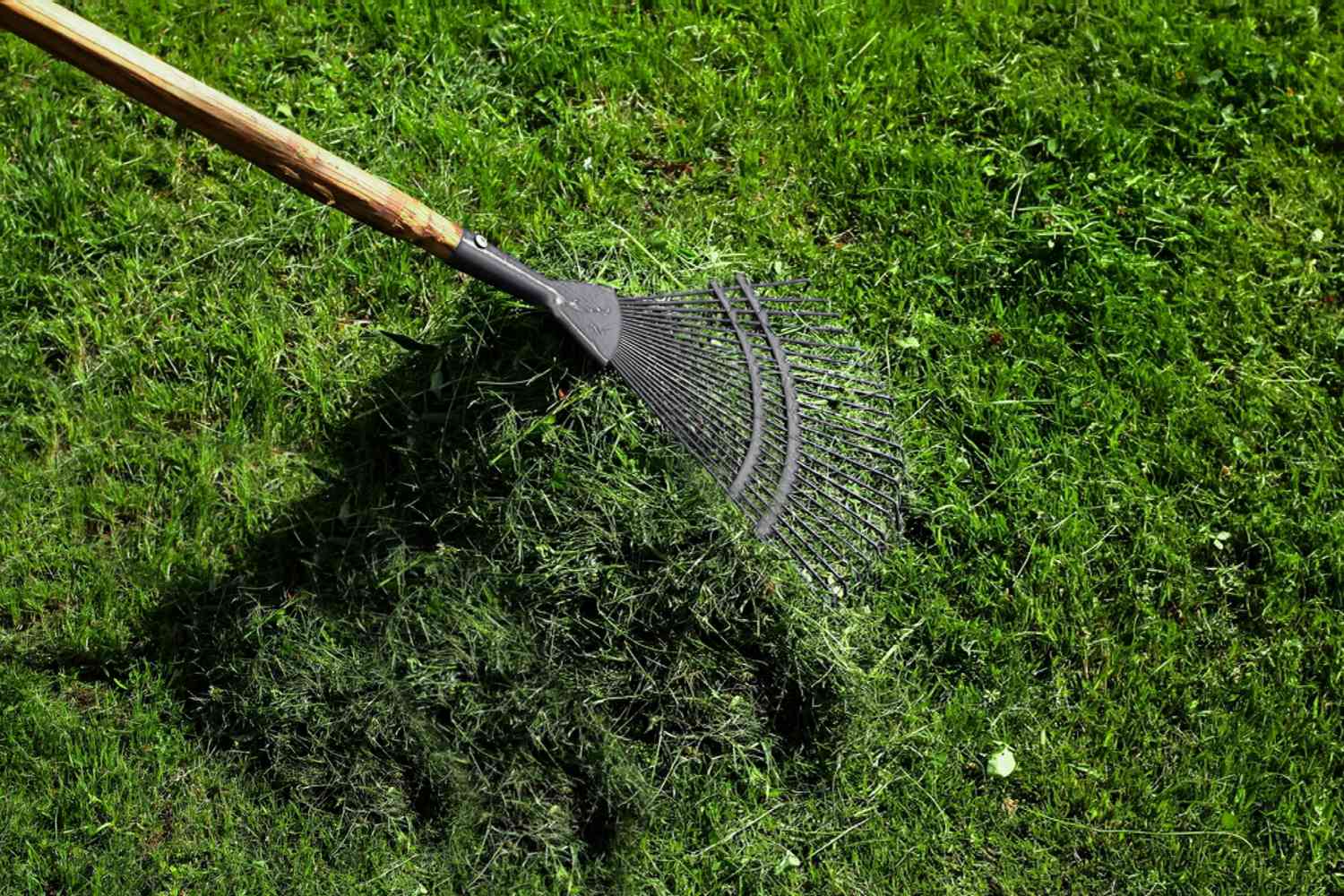
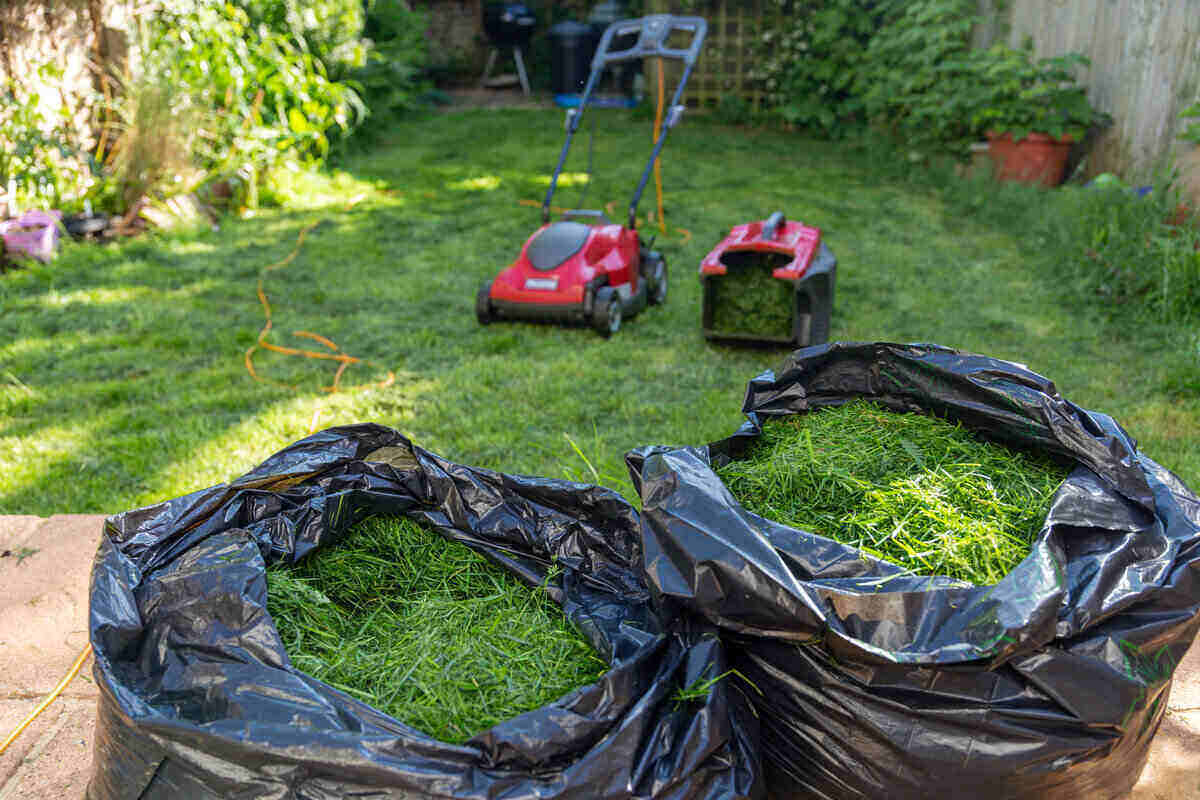
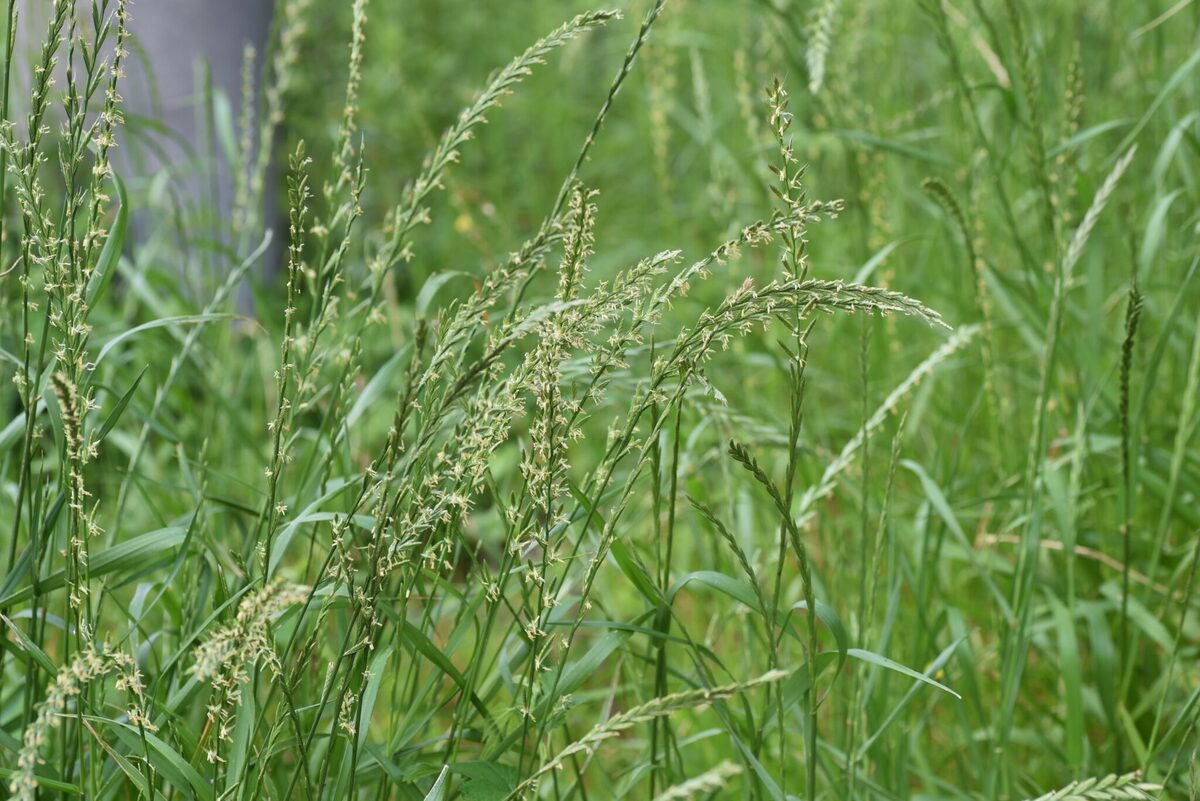
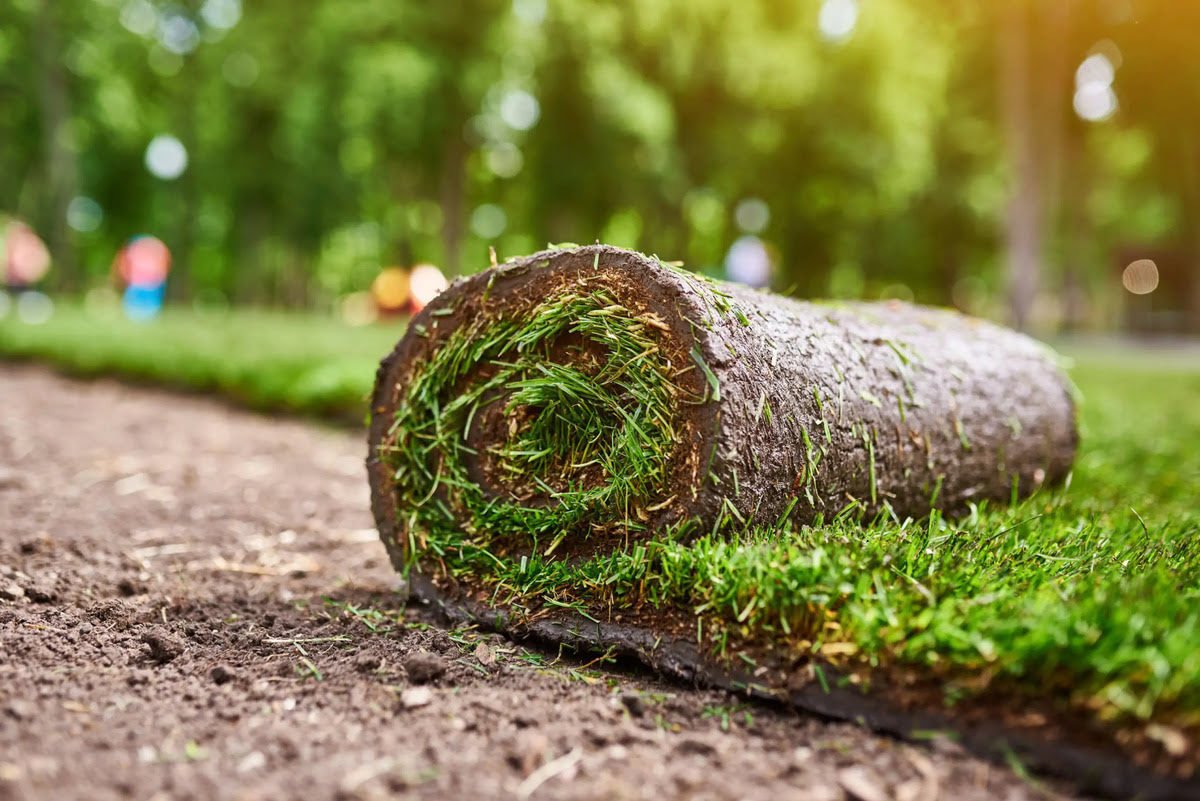
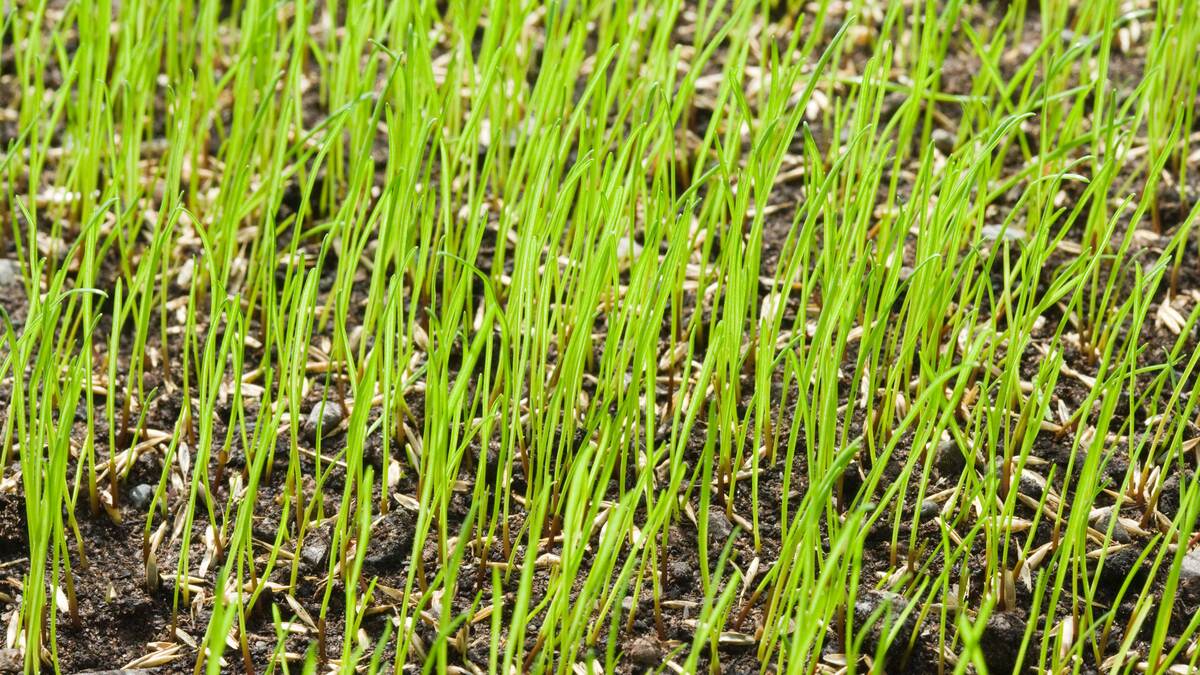
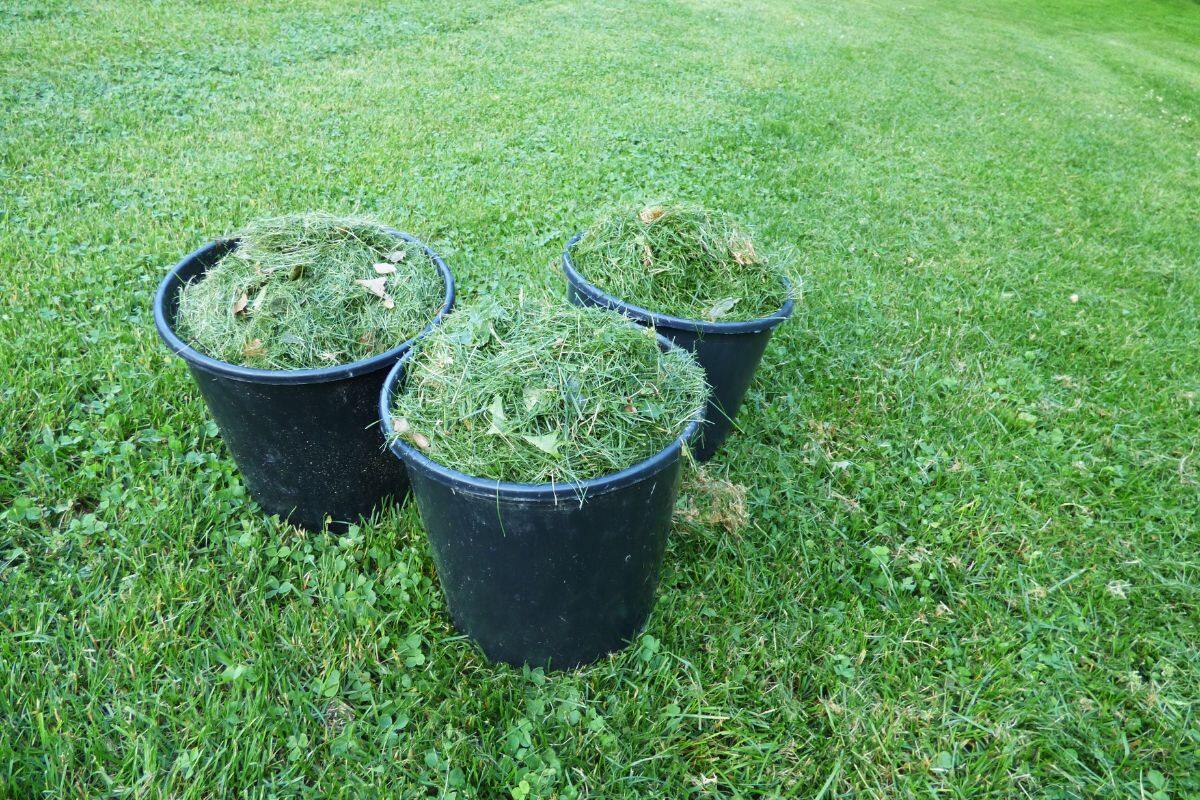
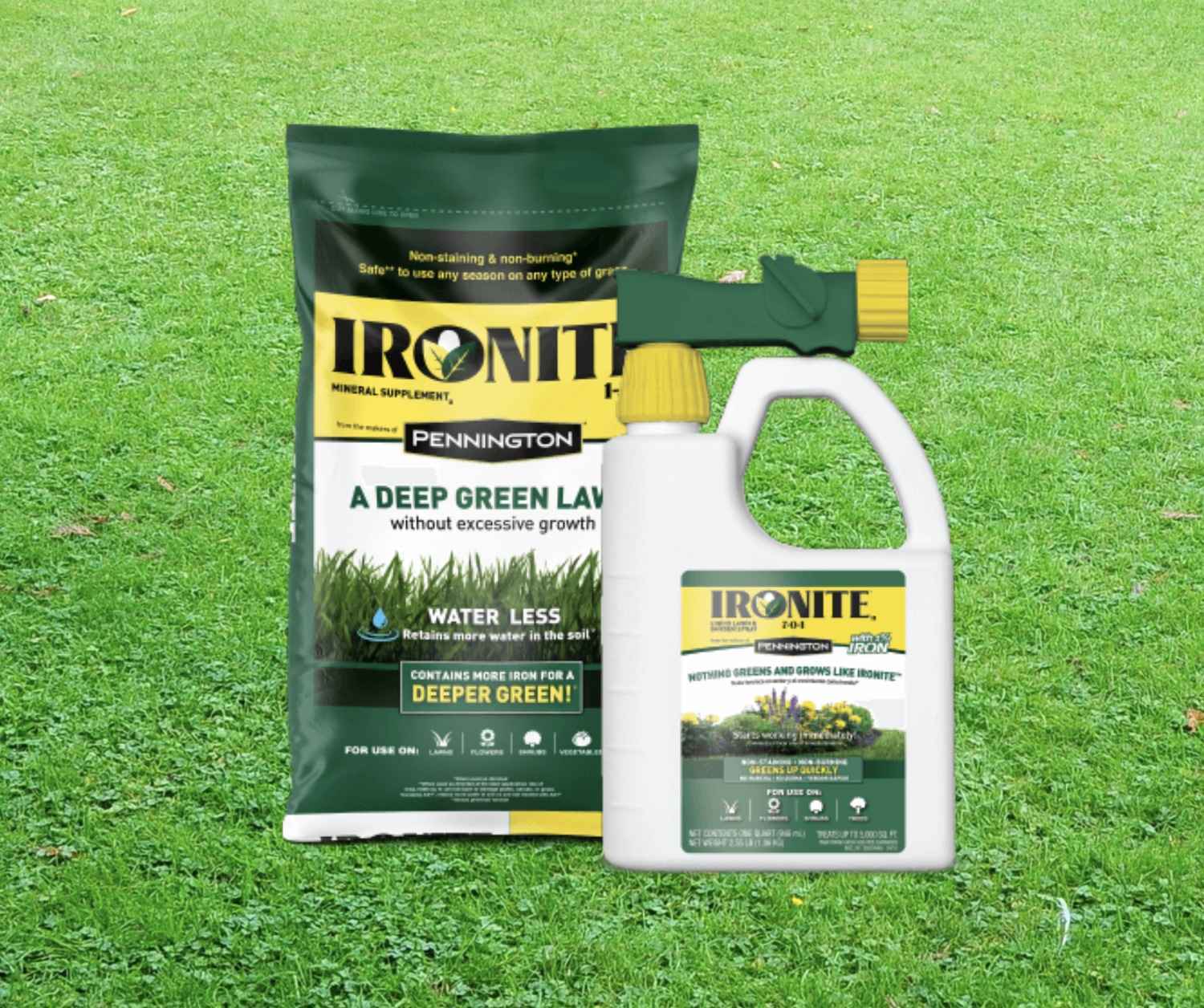
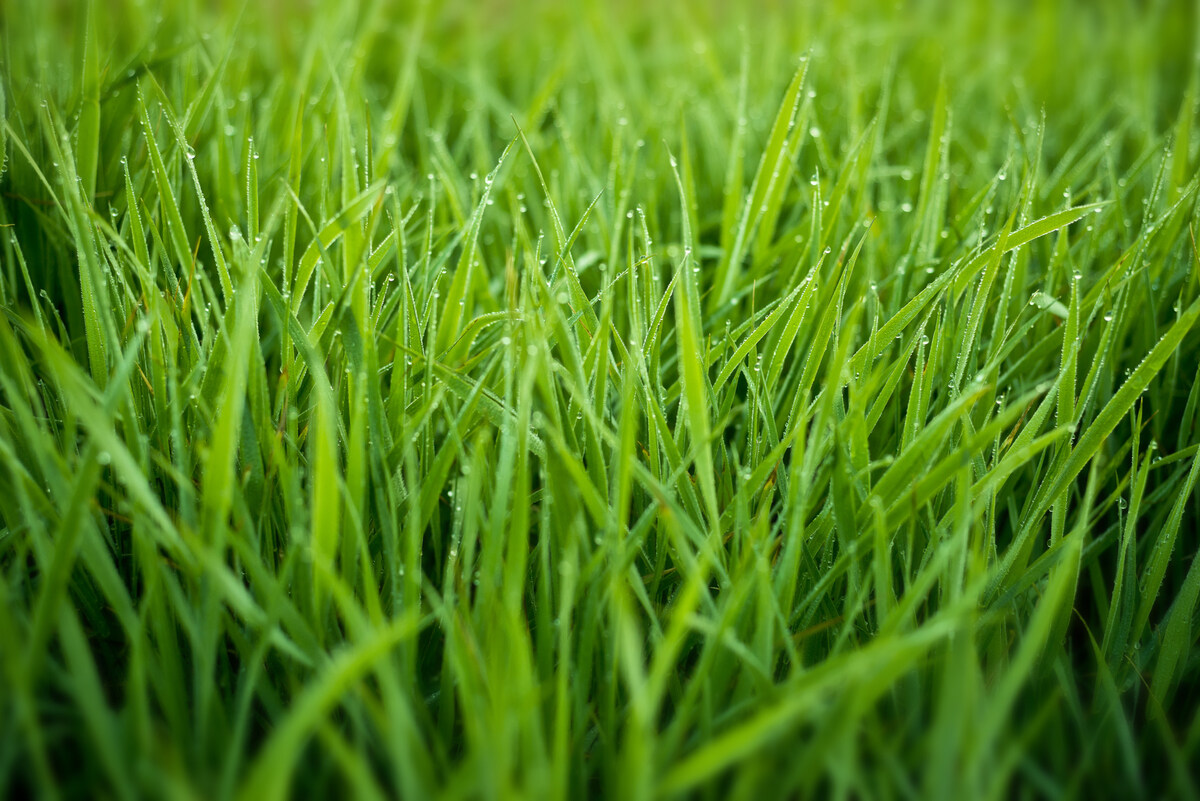

0 thoughts on “How Long Do Grass Clippings Take To Decompose”